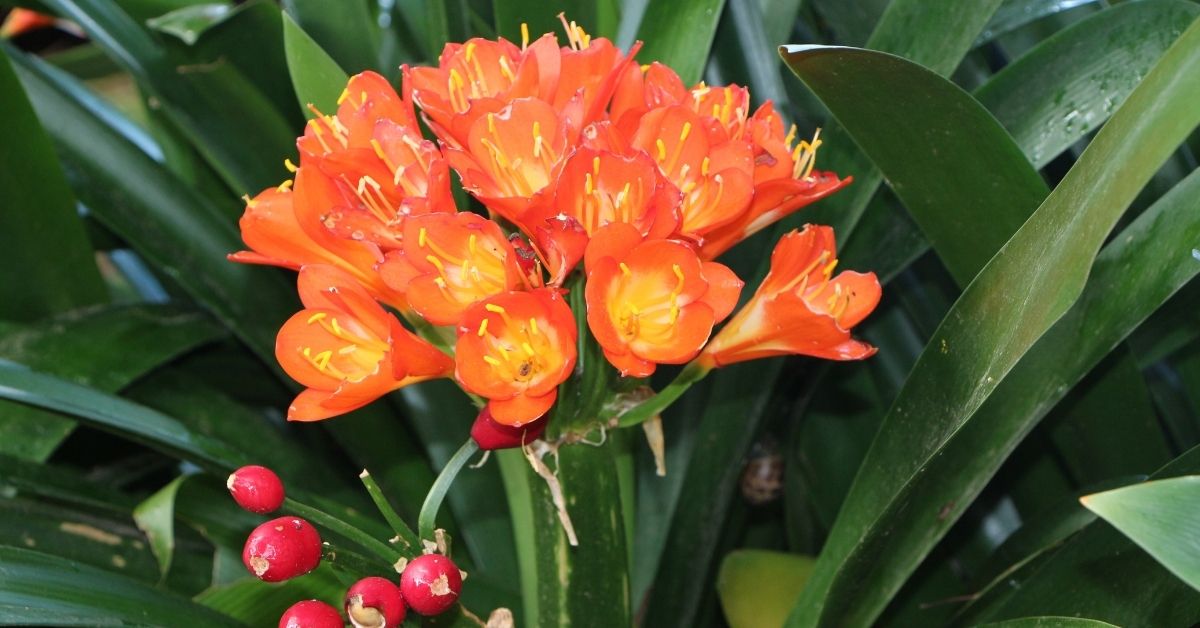Welcome to the fascinating world of peperomia plants! If you’re a fan of houseplants, you’ve likely encountered this versatile genus more than once. With over a thousand recorded species, peperomia plants, often mistaken for their succulent cousins, offer an endless variety for indoor and outdoor gardens.
Whether you’re a seasoned horticulturist or a beginner looking to add some green to your space, the peperomia plant can be an excellent choice due to its manageable care needs and charming aesthetics. In this comprehensive guide, we’ll explore all you need to know about peperomia care, including light requirements, watering schedule, humidity preferences, and more.
Additionally, we’ll delve into the captivating world of peperomia varieties, from the commonly known Peperomia caperata, often dubbed as ’emerald ripple peperomia’, to the less common yet equally beautiful Peperomia clusiifolia. Let’s get started on this green journey together!
Understanding the Peperomia Plant: Is it a Succulent?
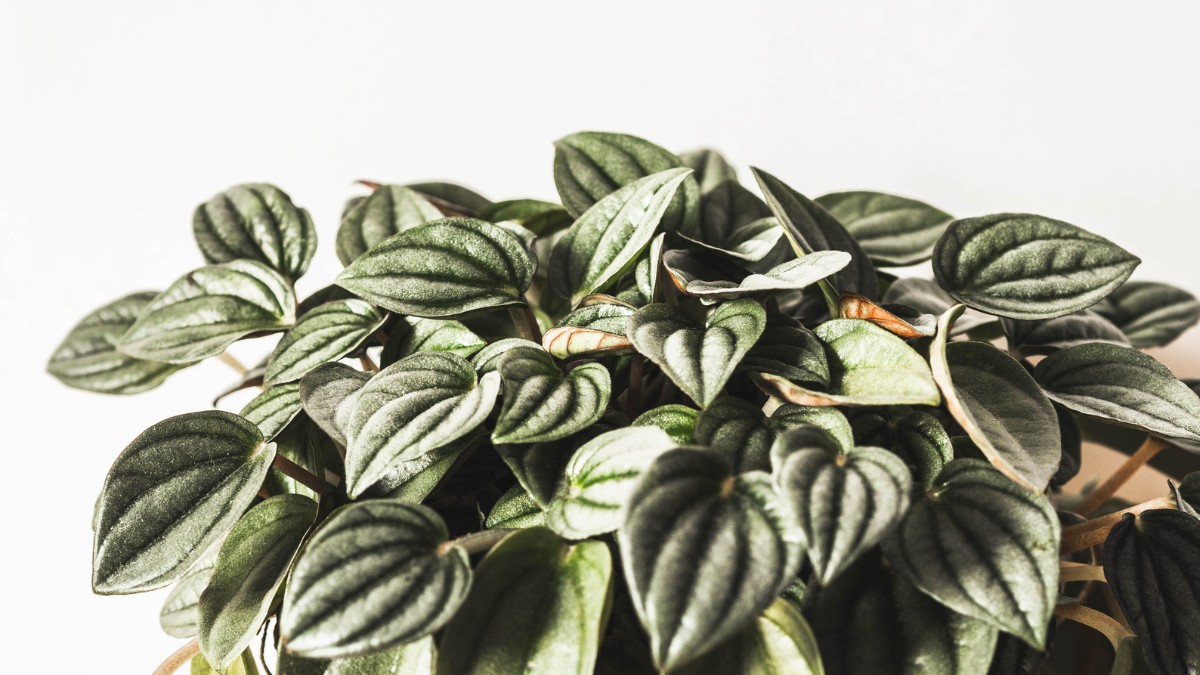
Let’s unravel one of the most common questions about peperomia: Is it a succulent? Well, the answer is yes and no. Peperomia belongs to a family known as Piperaceae, not traditionally considered succulents. However, many varieties of peperomia have evolved with succulent characteristics to adapt to their environment, earning them the term “semi-succulent.”
Peperomia plants, also known as “Radiator Plants,” often share common traits with succulents. They store water in their thick, fleshy leaves, stem, or root system, enabling them to withstand periods of drought. This attribute contributes to the ease of their care and makes them a favorite amongst plant enthusiasts who often struggle with the watering needs of more temperamental houseplants.
The succulent-like features of peperomia also influence the plant’s appearance. Many types of peperomia, such as Peperomia ferreyrae or “Pincushion Peperomia”, have elongated, pointed leaves that recall the shapes found in a typical succulent garden.
Yet, others like the Peperomia caperata, also known as Ripple Peperomia, boast lush, wrinkled foliage that might remind you more of a traditional leafy houseplant than a desert-dwelling succulent.
Understanding the nature of your peperomia plant, and its semi-succulent status, is vital for its care. It indicates that while your peperomia may tolerate periods of dry soil, it also enjoys a humid environment and regular watering—just not too much! Overwatering can lead to root rot, a common problem for many indoor plants and the primary reason for a peperomia plant’s demise.
Next, let’s talk about the size of peperomia plants. If you’re thinking about adding a peperomia to your home or office, you might be wondering, “How big do peperomia plants get?” While growth can vary based on the specific variety and care conditions, most peperomia plants stay relatively small, making them perfect for compact spaces.
The average height for indoor peperomia ranges between 6 to 12 inches, with some varieties, like the Peperomia nivalis staying even smaller. Their compact size makes peperomia plants an excellent choice for desk plants or for adorning shelves and windowsills.
In conclusion, peperomias, while exhibiting succulent-like qualities, bring their unique set of characteristics. They straddle the line between the easy care of succulents and the lush beauty of more tropical houseplants, offering the best of both worlds. With their diverse range of appearances and manageable care, peperomias earn their spot in the hearts of many plant lovers. In the next section, we’ll delve deeper into the fascinating world of peperomia varieties. There’s a peperomia for every taste, and we’re sure you’ll find one that fits perfectly into your green family!
The Many Faces of Peperomia: An Introduction to Varieties
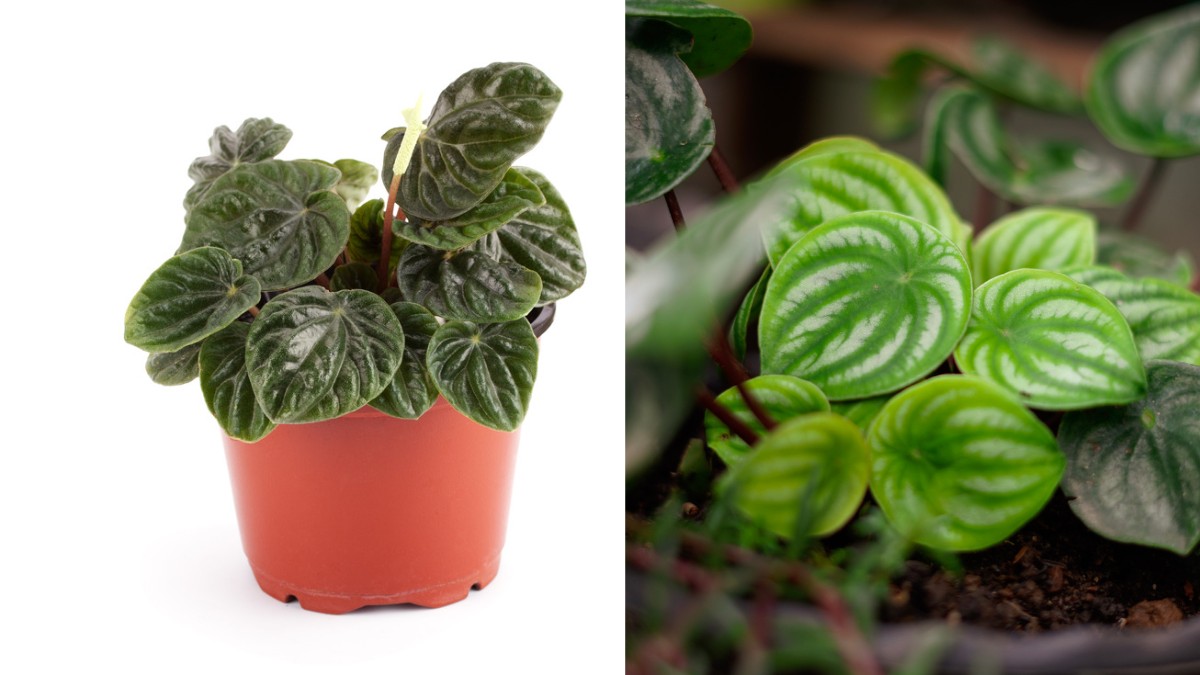
One of the main appeals of the peperomia plant lies in its incredible variety. With over a thousand recorded species, each offering a distinct aesthetic, you can always find a peperomia that matches your personality or complements your space’s design.
Starting with one of the most popular, the Peperomia obtusifolia, or ‘Baby Rubber Plant,’ is a vibrant variety recognized for its thick, glossy, and round leaves. Often found in a deep green shade, there are also variegated versions, such as the Peperomia obtusifolia variegata, displaying a beautiful mix of green and creamy white.
Next in line, the Peperomia caperata, commonly known as ‘Emerald Ripple Peperomia,’ boasts heart-shaped, deeply ridged leaves that give it a unique, textured look. This variety comes in multiple color variants like the ‘Peperomia caperata rosso,’ characterized by dark green leaves and rich red undersides.
The Peperomia argyreia, better known as the ‘Watermelon Peperomia,’ is another fan favorite with its striking silver-green, striped foliage reminiscent of a watermelon’s rind. The plant’s compact growth and attractive patterning make it a standout addition to any plant collection.
For hanging basket enthusiasts, the Peperomia scandens, or ‘Cupid Peperomia,’ could be a fantastic pick. Its heart-shaped leaves and trailing growth habit make it an ideal choice for vertical garden spaces.
If you prefer something a bit more dramatic, the Peperomia verticillata, also known as the ‘Red Log,‘ showcases slender leaves with deep red undersides. Its upward growth pattern adds an appealing vertical element to plant arrangements.
The Peperomia ferreyrae, or ‘Pincushion Peperomia,’ is a fascinating variety with elongated, ‘pincushion’-like leaves. Its unique shape and small size make it a perfect conversation starter.
Among the more unusual varieties, the Peperomia graveolens, or ‘Ruby Glow,’ deserves mention. This semi-succulent peperomia has wine-red undersides and translucent ‘windows’ on the top side of its leaves to allow sunlight to penetrate the plant.
Last but far from least, the Peperomia polybotrya or ‘Raindrop Peperomia’ captures attention with its glossy, raindrop-shaped leaves. This peperomia variety can grow larger than most and is a great way to make a statement in your indoor garden.
We’ve only scratched the surface of the vast diversity within the Peperomia genus. Whether you love the speckled leaves of the Peperomia angulata or ‘Peperomia Piccolo,’ the marbled beauty of the Peperomia albovittata ‘Piccolo Banda’, or the dark leafy splendor of the Peperomia ‘Frost’, there’s a peperomia for everyone.
In the next section, we’ll take a closer look at how to care for these fantastic plants to ensure they thrive in your indoor environment. From their light requirements to watering routines, we’ll provide a comprehensive peperomia care guide for your reference.
Peperomia Care 101
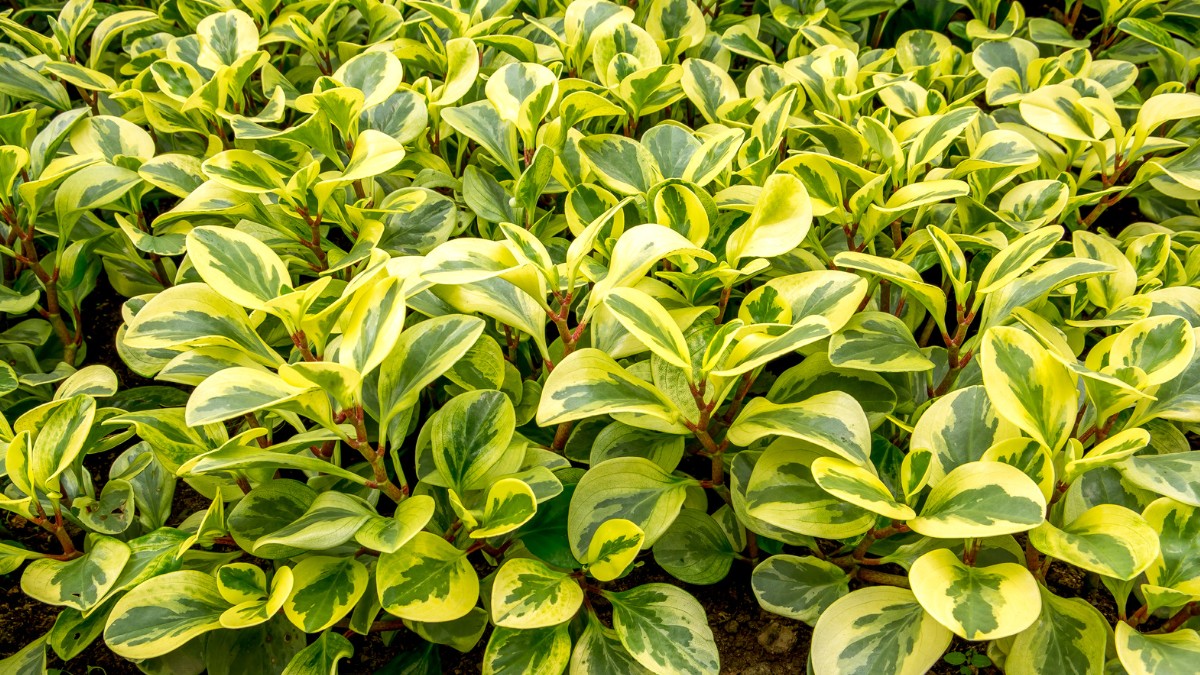
Just like every plant lover, peperomia plants crave attention and care. But don’t worry! Their maintenance is relatively straightforward, making them perfect for both experienced and novice gardeners. In this section, we’ll delve into the basics of peperomia care, from their love for light to their watering and humidity needs.
A. The Essentials: Light, Water, and Humidity
- How much light does peperomia need?
Lighting is a crucial aspect of peperomia care. While they don’t require full, direct sunlight, these plants do appreciate bright, indirect light. An east or north-facing window could be the perfect spot. However, variegated varieties might need a bit more light to maintain their beautiful patterns. It’s essential to monitor your plant for signs of light distress. For instance, if the leaves are losing their variegation, they might need more light. On the other hand, if the leaves start yellowing or looking scorched, they might be receiving too much light.
- How often should I water my peperomia?
Watering is another key aspect of peperomia care. Since peperomia plants are semi-succulent, they can tolerate dry periods, but it doesn’t mean they like to be dry all the time. A good rule of thumb is to let the top inch or so of the soil dry out between watering. Overwatering can lead to root rot, which is often a death sentence for these plants. When in doubt, it’s better to go underwater than overwater.
- Do peperomias like humidity?
Given their tropical origins, peperomia plants do appreciate a humid environment. However, they are more tolerant of average indoor humidity levels compared to other tropical plants. If you notice the leaf edges turning brown, it could be a sign that the air is too dry. Consider grouping plants together, placing them on a humidity tray, or using a humidifier to increase moisture levels.
B. Peperomia Care Indoors
Keeping peperomia plants indoors can be a gratifying experience if you understand their needs. Apart from light, water, and humidity, there are other factors to consider for optimal indoor peperomia care:
Soil: Peperomias prefer a well-draining soil mix to prevent water logging. A mixture of peat moss and perlite or a cactus potting mix can work well.
Temperature: These plants enjoy a warm environment, ideally between 60-80°F (16-27°C). They can be sensitive to cold, so keep them away from drafty windows in the winter.
Fertilizer: During the growing season (spring and summer), feed your peperomia with a diluted balanced houseplant fertilizer about once a month. In autumn and winter, reduce feeding as the plant’s growth slows down.
C. Variegated Peperomia Care
Variegated peperomia plants, like the Peperomia obtusifolia variegata or the Peperomia caperata ‘Rosso’, require slightly different care compared to their green counterparts. They need a bit more light to maintain their vibrant colors and patterns. However, they can also burn more easily under intense, direct sunlight. Balancing their light needs may take some trial and error, but when you get it right, you’ll be rewarded with a stunning, colorful display.
Peperomia care may seem like a lot to take in, but with time, understanding their needs becomes second nature. After all, part of the joy of gardening comes from the learning process. And remember, every peperomia has its personality, so don’t be disheartened if what works for one doesn’t work for another. Patience, observation, and adjustment are the key elements of becoming a peperomia pro. Up next, we’ll learn about the exciting world of peperomia propagation. Let’s multiply our green family!
Propagation Station: How to Grow Your Peperomia Family
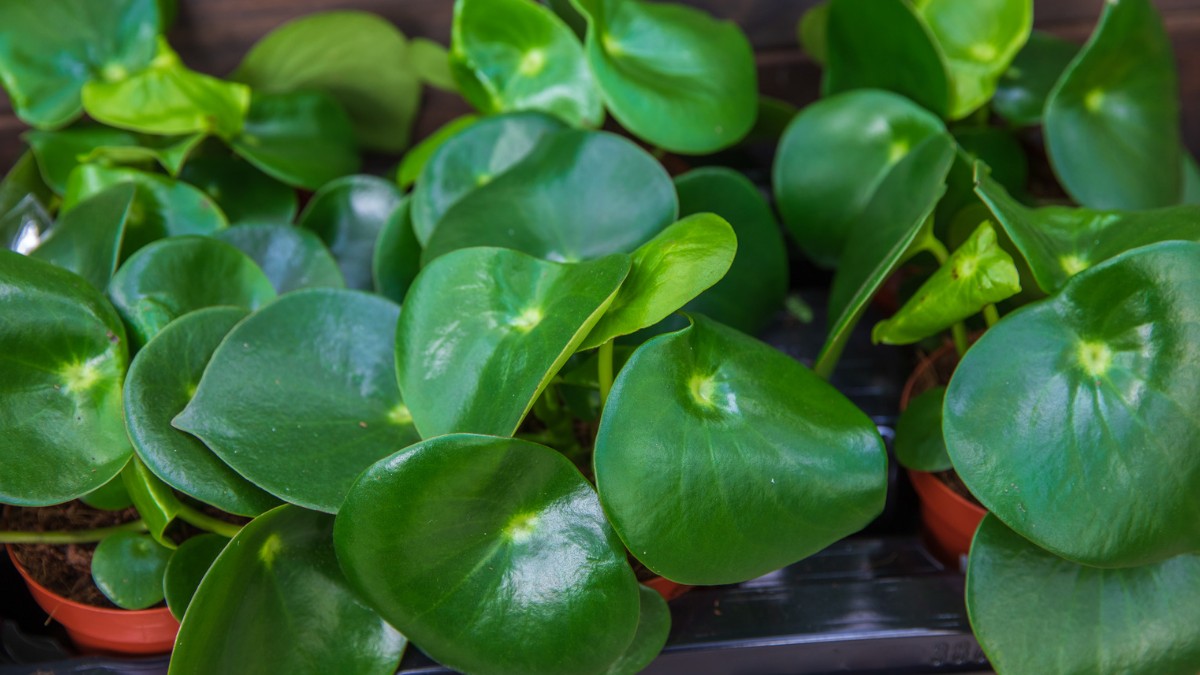
Have you ever wished to have a green thumb? With peperomia propagation, you can do just that! Not only is it a fun and exciting process, but it’s also a cost-effective way to grow your indoor garden. If you’ve fallen in love with these adorable plants, propagation will allow you to multiply your green family with ease. Let’s take a closer look at how it’s done.
A. Choose the Right Type of Cutting
The first step in peperomia propagation involves taking the right type of cutting. There are two main methods to choose from; leaf-cutting and stem-cutting.
- Leaf-cutting: This method is suitable for peperomia varieties with larger leaves, like the Watermelon Peperomia (Peperomia argyreia) or the Emerald Ripple Peperomia (Peperomia caperata). Simply cut a healthy leaf, along with a little bit of the petiole. You can either propagate the entire leaf or cut it into smaller sections.
- Stem-cutting: If your peperomia has a vining habit, like the Cupid Peperomia (Peperomia scandens), you can use stem cuttings. Take a 3-4 inch section of the stem, ensuring there are at least two pairs of leaves.
Once you’ve taken your cuttings, it’s time to get them rooted. Here’s how:
- Prepare the cutting: If you’re using leaf cuttings, you can cut the leaf in half horizontally. Stem cuttings can be used as is. Make sure to let the cut ends dry out for a day or two to avoid rotting.
- Plant the cutting: Fill a small pot with a well-draining potting mix like a mixture of peat moss and perlite. For leaf cuttings, you can stick the petiole or bottom half of the leaf directly into the soil. For stem cuttings, bury the bottom node (where the leaf meets the stem) in the soil.
- Maintain optimal conditions: After planting, place the pot in a warm place with bright, indirect light. Keep the soil lightly moist but be careful not to overwater to prevent rot.
- Wait for growth: Patience is key during this stage. After a few weeks to a month, you should start seeing new growth at the base of the leaf or along the stem cutting.
C. Transplanting and Post-propagation Care
After your cuttings have established roots and started showing signs of new growth, you can begin treating them like mature peperomia plants. Transplant them into a slightly larger pot with well-draining soil and provide the same care as you would for a mature plant. Remember to water sparingly until the plant is fully established.
And there you have it, your personal guide to propagating peperomia plants. Now, you’re equipped with the knowledge to expand your indoor jungle without making a dent in your pocket.
Peperomia Blooms: What to Expect

While Peperomia plants are adored primarily for their ornate foliage, they are capable of producing charming, albeit modest, flowers under the right conditions. These flowers, often mistaken for spiky green or white ‘rat tails,’ are not your typical eye-catching floral displays, but they do add a unique element to the plant’s appeal. Here’s what you should know and expect when your peperomia blooms.
A. Understanding Peperomia Flowers
Peperomia flowers are not showy in the traditional sense. They won’t burst into a riot of colors like roses or tulips, but their subtle charm lies in their eccentricity. The inflorescence or flowering part of a peperomia plant resembles a rat’s tail or a slender spike, earning them the nickname of “spike flowers“. These spikes, or spadix, are densely packed with tiny flowers, usually in green or cream hues, that blend in with the foliage, giving a somewhat monochromatic appearance.
B. When Do Peperomia Plants Flower?
Peperomia plants typically bloom during the summer, but it’s not unusual for them to flower at other times of the year. However, flowering is not a guaranteed event in the life of a peperomia plant. Many factors come into play, such as the plant’s age, its overall health, and the growing conditions it’s provided.
C. Encouraging Your Peperomia to Flower
If you’re eager to witness your peperomia’s bloom, here are some steps you can take to encourage flowering:
- Light: Ensure your plant receives plenty of bright, indirect light. Too little light can lead to fewer flowers or none at all.
- Feeding: A balanced, diluted houseplant fertilizer during the growing season can provide the necessary nutrients for blooming.
- Pruning: Regular pruning can stimulate growth and potentially encourage the plant to produce flowers.
D. Peperomia Blooms and Propagation
Interestingly, Peperomia flowers are not just about aesthetics; they also play a role in propagation. While it’s more common to propagate these plants from leaf or stem cuttings, it’s also possible to collect seeds from a blooming Peperomia to start new plants.
Remember, while blooms are a delightful addition, the real allure of the peperomia lies in its vibrant and varied foliage. So even if your plant decides not to flower, it remains a captivating specimen that brings life and color to any indoor garden. Up next, we’ll talk about an essential topic for all the pet lovers out there – “Is peperomia safe for cats?” Stay with us to ensure the well-being of both your green and furry family members!
Peperomia and Pets: A Safe Choice?

As a plant enthusiast, there’s always a delicate balancing act between your love for indoor greenery and ensuring the safety of your furry companions. The good news for all pet parents out there is that most Peperomia varieties are considered pet-friendly. However, it’s always crucial to be well-informed and cautious. Let’s delve deeper into this topic.
A. Peperomia Toxicity
Most varieties of Peperomia, such as Peperomia obtusifolia, Peperomia caperata (Ripple Peperomia), or Peperomia argyreia (Watermelon Peperomia), are non-toxic to cats and dogs. The ASPCA (American Society for the Prevention of Cruelty to Animals) lists Peperomia as non-toxic for both dogs and cats. This means if your furry friend decides to take a nibble, it is unlikely to cause any serious harm.
B. Signs of Distress in Pets
While Peperomia plants are generally safe for pets, it’s worth noting that every pet is an individual and might have different reactions. Even non-toxic plants can sometimes cause a mild reaction, especially if the animal consumes a large amount. Symptoms could include vomiting, diarrhea, or signs of discomfort.
If your pet shows any of these signs, it’s best to contact your vet immediately. Also, try to discourage your pet from chewing on plants, not just for the plant’s sake but also for the overall well-being of your pet.
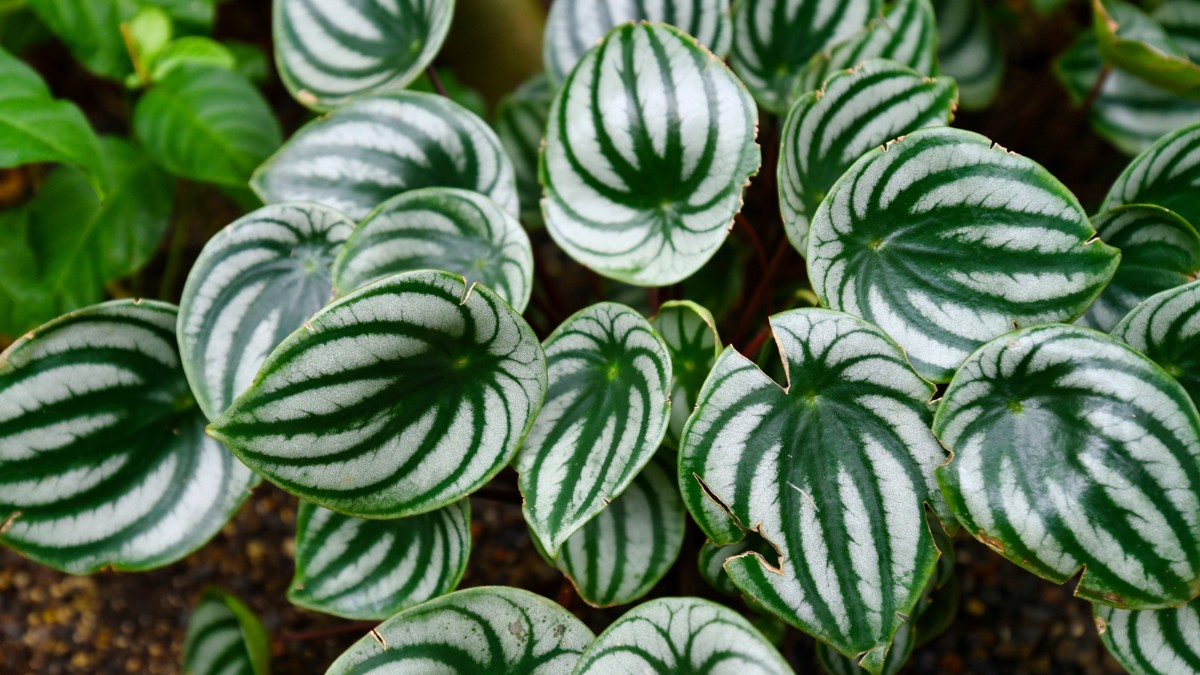
C. Pet-Friendly Peperomia Placement
Even though Peperomias are not toxic, it’s still a good idea to place your plants somewhere your pets can’t easily reach them. Pets, especially cats, might be tempted to play with or chew on the leaves, which could lead to minor tummy troubles or harm the plant.
In conclusion, Peperomia plants offer an ideal choice for plant enthusiasts who are also pet owners. They not only add beauty to your space with their varied and stunning foliage but also ensure that your pets can roam freely without the risk of poisoning from plant ingestion.
In the next section, we’ll explore the colorful world of some specific Peperomia varieties, from the dark-leaved ‘Peperomia verticillata’ to the cheerful ‘Peperomia pink lady‘. These compact, ornamental beauties promise to make your indoor garden even more delightful!
Peperomia verticillata & Peperomia pink lady
Another Peperomia variety that will brighten up your indoor garden is the Peperomia pink lady. This plant has oval-shaped leaves with splashes of pink, cream, and green. It is a variegated cultivar of the Peperomia scandens, which has plain green leaves. The Peperomia pink lady is a rare and beautiful houseplant that can grow up to 40 cm tall. It likes bright, indirect light and well-draining soil. You can propagate it by stem cuttings or by division.
If you prefer a darker and more mysterious look, you might want to check out the Peperomia verticillata. This plant has slender leaves with deep red undersides and dark green tops. It is a semi-succulent peperomia that can store water in its leaves and stems. It grows up to 20 inches (50 cm) long and often grows as an epiphyte on other plants. The Peperomia verticillata needs bright, indirect light and a well-draining potting mix. You can propagate it by leaf or stem cuttings.
These are just some examples of the colorful world of Peperomia varieties. There are many more to discover and enjoy, each with its own unique charm and personality. Whether you want a splash of color, a touch of texture, or a hint of drama, there’s a Peperomia plant for you!
Conclusion
As we’ve discovered in our comprehensive guide, the world of peperomia is as diverse as it is captivating. These small, ornamental plants pack quite the punch when it comes to indoor gardening. From their intriguing varieties like the Watermelon Peperomia (Peperomia argyreia) with its watermelon-like striped leaves to the Red Peperomia (Peperomia graveolens) with its wine-red undersides, there’s a peperomia for every aesthetic and taste.
In terms of care, peperomia plants are forgiving and low-maintenance, making them an excellent choice for both novice and experienced gardeners. The key to successful peperomia care is striking the right balance—between light and shade, water and dryness, humidity and airflow.
Learning how to propagate peperomia not only allows you to expand your green family but also gives you an intimate understanding of this plant’s fascinating life cycle. And let’s not forget their blooms; these unique and subtle flowers further add to the plant’s appeal.
Perhaps the greatest joy of nurturing peperomia plants is their compatibility with our furry friends. Most peperomias are non-toxic to cats and dogs, allowing you to cultivate an indoor garden without worry.
Whether you’re just starting your plant parent journey or you’re an old hand at gardening, peperomias are certain to bring a touch of nature’s whimsy and tranquility to your indoor space. So why wait? Choose your favorite variety, roll up your sleeves, and let the exciting journey of growing peperomia begin! With every new leaf and every successful propagation, you’ll discover the incredible joy and satisfaction of caring for these miniature wonders of the plant world.
We hope this comprehensive guide provides you with all the information you need to start and sustain your journey with Peperomia.
Why are the leaves on my peperomia drooping?
Droopy leaves can be a sign of overwatering or underwatering. If the leaves feel mushy and look discolored, it might be due to overwatering. On the other hand, if the leaves are wilting or curling at the edges, it could be a sign of underwatering. To remedy this, ensure you follow a consistent watering schedule, and always check the top inch of the soil for dryness before watering.
Can peperomia plants grow in low light?
Peperomias prefer bright, indirect light. They can tolerate lower light conditions, but their growth might be slower, and the vibrancy of their leaves may fade. However, they should not be placed in direct sunlight as this can scorch the leaves.
How often should I fertilize my peperomia plant?
Peperomias do not require heavy feeding. You can fertilize your peperomia plant once a month during the growing season (spring and summer) with a balanced, water-soluble fertilizer. Do not fertilize in the fall and winter, as this is the plant’s dormant period.
Is peperomia plant poisonous to humans or pets?
Most varieties of peperomia are considered non-toxic to both pets and humans. However, any plant might cause a reaction in certain individuals or pets, especially if they are prone to allergies. It’s always best to keep plants out of reach of small children and pets.
How often should I water my peperomia plant?
Peperomia plants generally like the soil to dry out completely between waterings. On average, watering once a week or once every two weeks should suffice. Remember, it’s always better to be underwater than overwater when it comes to peperomia.
